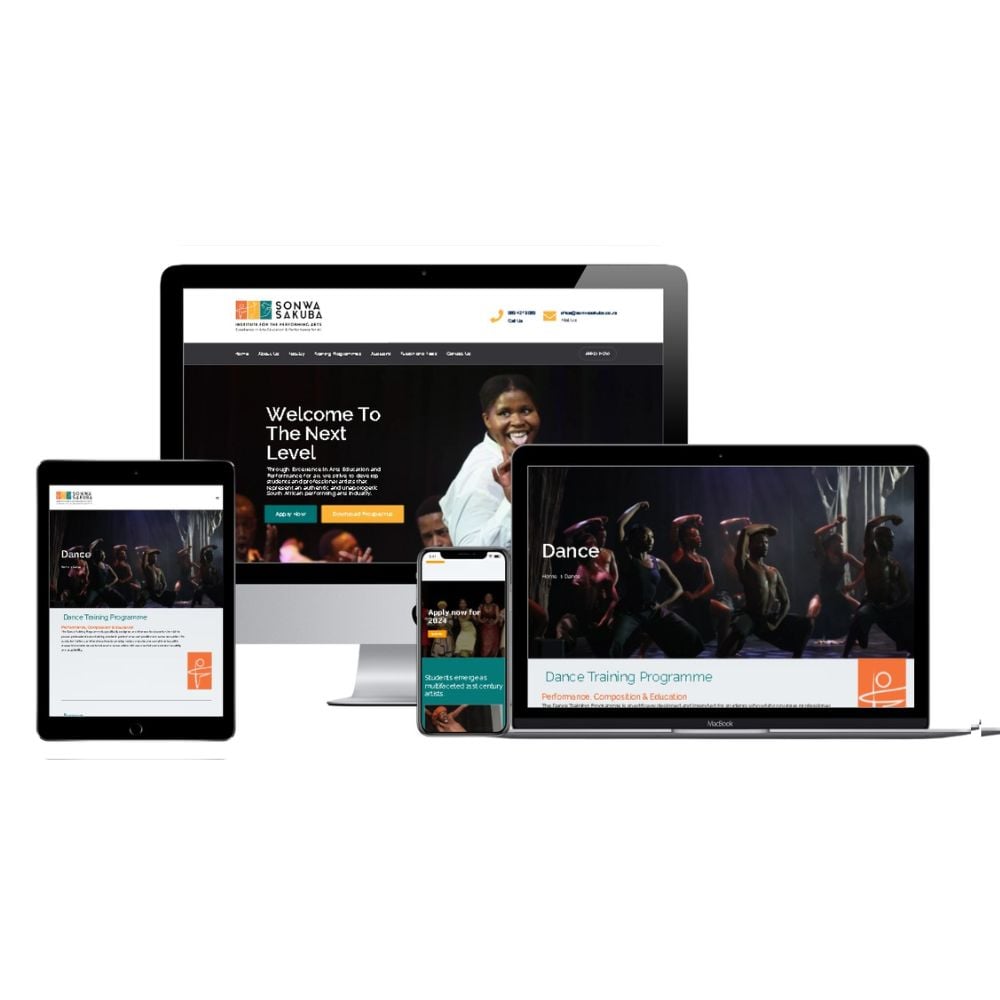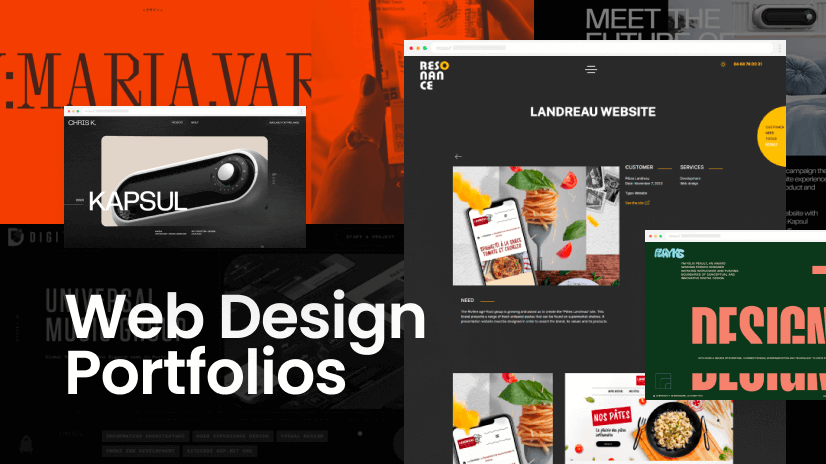Secret Methods for Executing User-Centric Website Design to Increase Involvement
When taking into consideration the execution of user-centric web site style, certain strategies are instrumental in enhancing involvement. Thorough study into user demands and choices forms the structure, directing the creation of customer personalities to inform layout choices. Personalizing web content enhances customer fulfillment, and robust access features widen reach.
Comprehending User Requirements
Understanding individual demands is a basic step in the process of user-centric web site style. Strategies such as surveys, interviews, and user testing can supply beneficial qualitative and quantitative data about just how users communicate with the web site.
Assessing this information allows developers to develop thorough user personas that represent the different segments of the target market. These identities aid inform design choices by highlighting specific user goals and challenges, guiding the development of features that address these needs effectively. Moreover, understanding the context in which users run-- such as their setting, gadget choices, and time restraints-- can better improve the layout technique.
Empathy plays an important role in this procedure, allowing designers to see the internet site from the individual's point of view. By focusing on individual needs, the layout process comes to be much more focused, preventing the incorporation of unneeded elements that might clutter the customer experience. Ultimately, a deep understanding of customer demands contributes in crafting a web site that is both functional and meaningful.
Creating Intuitive Navigating
Having established a comprehensive understanding of individual needs, the following action in user-centric web site layout includes developing intuitive navigating. Reliable navigation is essential to customer complete satisfaction, affecting how quickly customers can find info and full tasks. To accomplish instinctive navigation, designers need to focus on simplicity and clarity, making sure that the navigating structure is sensible and regular throughout the website.
Organizing web content into a clear pecking order is critical. Website Design. Making use of familiar tags and symbols can guide individuals easily, lowering cognitive load and enhancing the general individual experience. A properly designed navigating bar should be prominently placed, permitting individuals to recognize their existing location and easily explore other sections of the site
It is likewise crucial to include interactive components such as breadcrumbs and search functionalities to assist users in navigating complicated sites. These features offer extra pathways and boost the accessibility of content, accommodating numerous customer choices and habits.
Checking navigating with real customers is essential to recognize prospective pain factors and make sure performance aligns with customer assumptions. Routine responses loopholes and iterative renovations can assist maintain a reliable navigation system that adjusts to progressing individual needs, inevitably enhancing involvement and contentment.
Producing Responsive User Interfaces
Invariably, producing responsive interfaces is a crucial element of modern internet design, making sure that sites are useful and available throughout a wide range of tools and screen sizes (Website Design). This flexibility is important in a landscape where users gain access to web content through mobile phones, tablet computers, desktops, and laptop computers, each with varying alignments and resolutions. The primary goal of responsive layout is to boost user experience by maintaining ideal readability and functionality, no matter the tool made use of
To accomplish this, web designers employ versatile grid designs, liquid photos, and CSS media questions. Flexible grids allow site aspects to resize proportionally, while liquid pictures make sure visuals range suitably without shedding top quality. Media questions play a vital role by applying different designs based upon the device's qualities, such as width, height, and positioning, therefore tailoring the layout to the user's screen.
Furthermore, receptive user interfaces add to enhanced search engine optimization (SEO) by offering a smooth individual experience, which consequently can decrease bounce rates and rise website interaction. In summary, taking on receptive style is not simply a technical factor to consider yet an essential strategy for cultivating a user-centric internet environment that fulfills the requirements of a diverse target market.

Personalizing Content Experience
Personalizing content experience is a crucial component of user-centric website design that entails customizing material to satisfy the distinct preferences and actions of specific customers. This method not only enhances customer contentment however likewise fosters much deeper interaction, as visitors are more probable to engage with material that resonates with their needs and interests. By leveraging information analytics and individual feedback, organizations can determine patterns and trends that inform the modification of web material.
Integrating personalization approaches can vary from easy changes, such as suggesting products based upon browsing background, to much more innovative strategies like vibrant material that adapts in real-time to an individual's interactions. Individualized touchdown web pages can considerably raise conversion rates by giving users with appropriate details and provides that straighten with their previous activities and preferences.
In addition, utilizing man-made knowledge and machine knowing can better refine content customization by continually gaining from individual habits and adjusting to arising trends. This not only improves the individual's trip yet also develops brand commitment, as consumers really feel understood and valued. Ultimately, customizing the material experience is a crucial strategy for companies aiming to produce a much more appealing and significant communication with their audience.
Enhancing Availability Attributes
Enhancing access attributes is a fundamental aspect of user-centric website design, ensuring that electronic content is useful by every person, consisting of individuals with impairments. This technique not only abides by legal standards such as the Americans with Disabilities Act (ADA) and the Web Web Content Access Standards (WCAG) however likewise considerably broadens a website's audience reach. By incorporating functions like keyboard Web Site navigation, display visitor compatibility, and alternative message for photos, web sites come to be a lot more inclusive, providing a smooth experience for individuals with visual, acoustic, or motor impairments.
Incorporating receptive design components is critical, assisting in gain access to on various tools and screen dimensions, consequently more tips here accommodating customers with different choices and requirements. Contrast proportions and text dimension changes can improve readability for people with visual obstacles. Supplying succinct and clear content framework, such as lists and headings, help understanding and navigation, specifically for users with cognitive handicaps.

Conclusion
Including user-centric design approaches substantially boosts site involvement by prioritizing the needs and preferences of customers. Extensive study helps with the production of user identities, guiding targeted style choices. User-friendly navigating and responsive user interfaces improve functionality and accessibility across gadgets. Individualizing content based on individual actions increases fulfillment, while durable accessibility functions broaden target market reach. Jointly, these strategies create a significant on the internet experience, cultivating much deeper engagement and interaction with the site.
Extensive research study into user needs and preferences forms the structure, leading the production of customer characters to educate style options. Techniques such as surveys, meetings, and customer screening can supply important qualitative and quantitative data concerning just how individuals communicate with the site.
By prioritizing customer requirements, the design process becomes more concentrated, stopping the addition of unnecessary components that can mess the individual experience. Effective navigating is essential to user satisfaction, affecting just how easily customers can discover information and full tasks. The usage of his explanation familiar tags and symbols can guide customers effortlessly, reducing cognitive tons and enhancing the total individual experience.
Comments on “Why Every Business Demands a Solid Website Design for Online Presence”